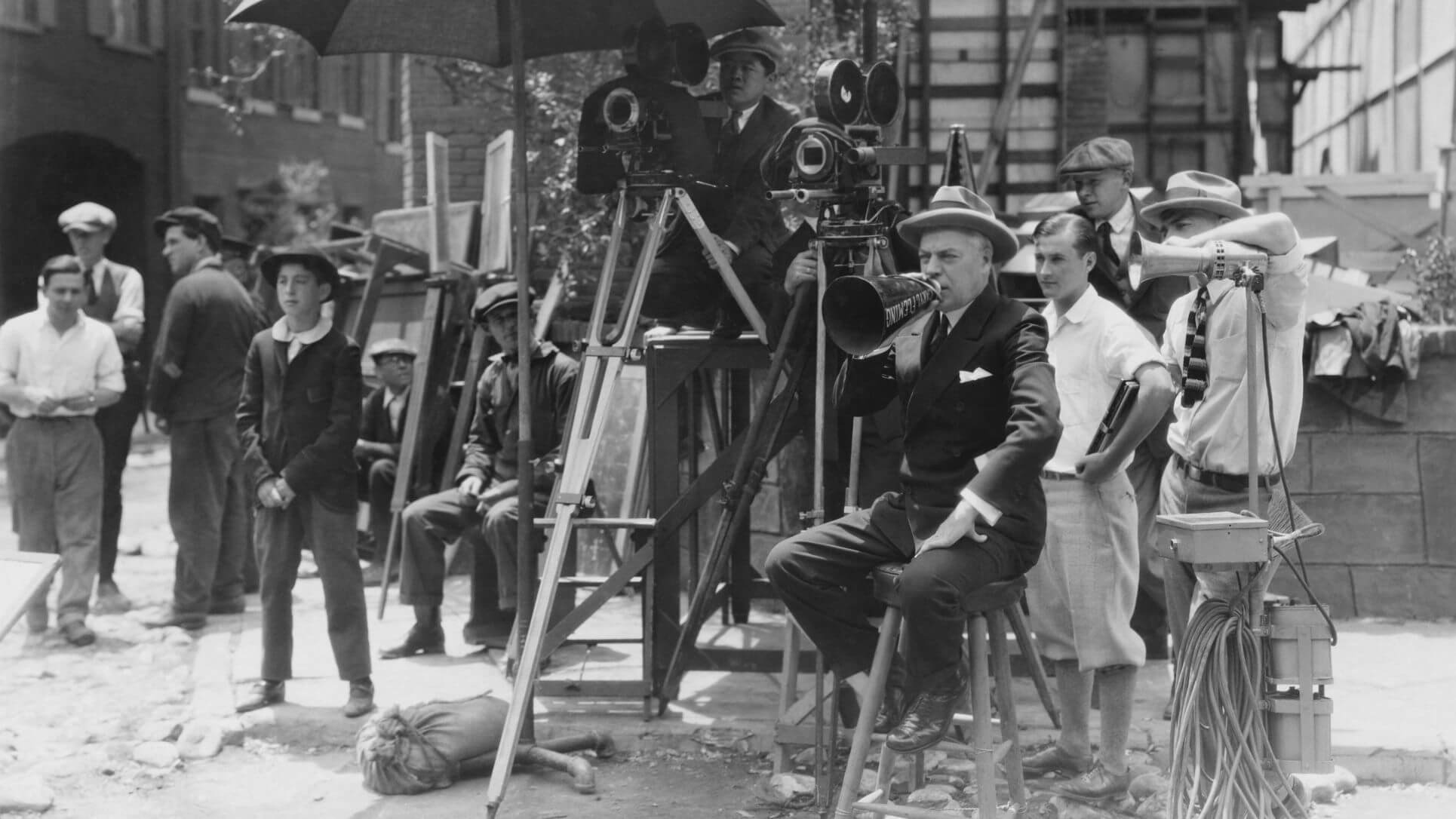Three Tips For Improving Video Literacy During The Lockdown
As businesses start to plan for a Covid world, video skills are becoming essential.

Video has become a surprise saviour during the Covid-19 pandemic. Whether in enforced or voluntary self-isolation, people are connecting with colleagues and family, being schooled, doing yoga, staying entertained and keeping the wheels of commerce turning -- all thanks to video.
However, this huge movement is also exposing gaps in people’s video literacy. Many parents overseeing their kids’ homeschooling, for example, are scrambling to learn new systems originally designed for corporate use.
As businesses find new ways to make video the contingency plan for physical commerce during the Covid-19 lockdown, many are starting to think beyond the pandemic. Small retailers that hadn’t sold online before, are now doing so and plan to continue.
London’s National Theatre is now broadcasting its audiences’ favourite past performances every Thursday to raise visibility and donations, while entertaining people at home. There is no reason that these should stop when the lockdown ends.
Travel companies, which have been hit particularly hard, are using video to inspire people to get excited about visiting destinations they may never have previously considered.
There are so many video literacy skills to potentially learn that it’s best to acquire and apply skills in small chunks. In this article we’re going to cover three basic but important ways to improve people’s viewing experiences on different devices and channels.
Fortunately, you only need to understand the concepts at a high level, and why they’re important. There are tools out there that use Artificial intelligence (AI) to automate tasks that would otherwise require a lot of manual coding.
Cropping – this is about making sure that the most important elements in a video remain visible in the viewing area. This can be really tricky as people view content on PCs, tablets and smartphones.
On the latter two, people may orient their devices in either landscape or portrait. Adding to the complexity, people watch videos on Instagram, Facebook and other social channels, on different browsers and through different apps.
Each device and site will require the content to adapt to the site and device it is being viewed on.
You definitely don’t want to be coding all the different possibilities manually - there are too many of them. Fortunately there are video management tools for auto-cropping available - some free - there that use artificial intelligence.
These intelligently detect what the most important elements are in video footage and dynamically ‘transform’ it for optimal viewing in different orientations.
Subtitles – most people view YouTube videos with the sound on, but less so on social media sites and websites. In fact a surprising 85 percent of videos are played with no sound. This means it’s best for each video to have subtitles to build user engagement.
Adding subtitles also boosts SEO so adding them should be a must for all video content. Transcribing videos can create bottlenecks, but fortunately, again, AI offers up solutions.
AI transcription is getting impressively fast and accurate. Again, there are several free and low-cost options tools and services available for AI transcription.
Auto previews – most people in lockdown will have seen the short previews that now run automatically when you land on a show on YouTube or Netflix. According to YouTube, these previews increase watch-time by 90 percent.
In the same way Boomerang videos were the hot trend on Snapchat, previewing is today’s hot trend. Something else will come along tomorrow, so how to keep up? Again, tools with AI provide solutions.
Some will automatically generate short previews using the start and end time parameters that you set.
The ideal time to gain video literacy skills
Given the likely long-term changes to consumer behaviour that Covid-19 will bring about, it’s reasonable to predict that companies that create more enjoyable video experiences will gain an advantage both short and longer-term.
If you’re in lockdown and have some extra time on your hands, now is the ideal time to learn and apply new video literacy skills.
Sanjay Sarathay is VP Marketing at Cloudinary.
Thanks for signing up to Minutehack alerts.
Brilliant editorials heading your way soon.
Okay, Thanks!

